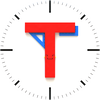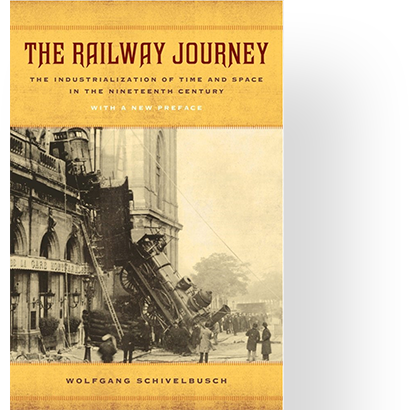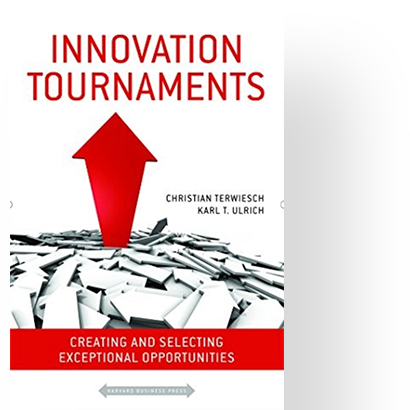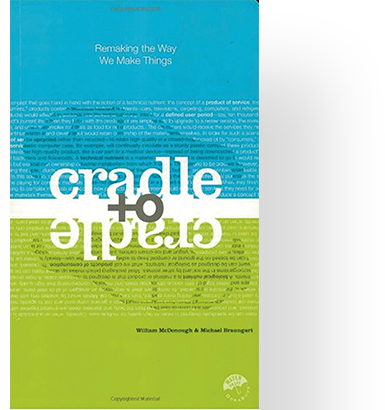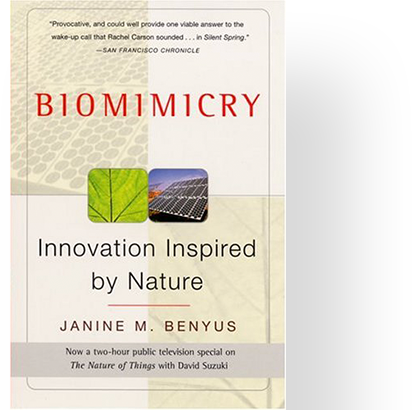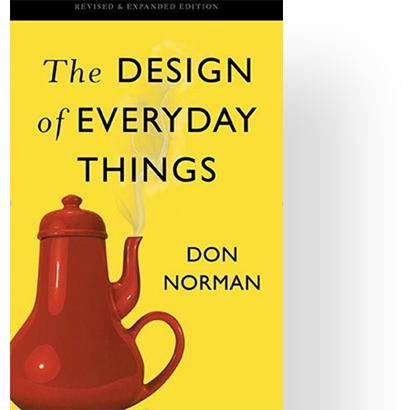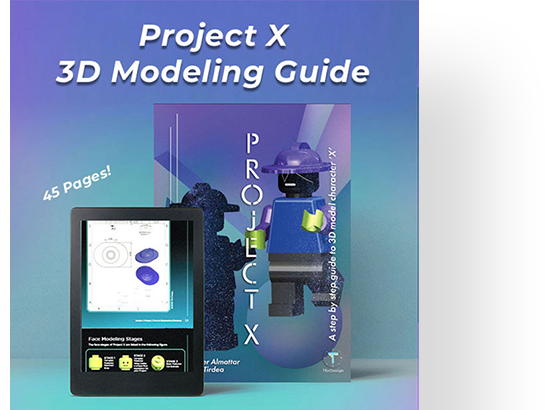Those are books we loved and recommended you to take a look at if you are interested in Design Innovation and the topics that relate to it that we engage in. We are not fully endorsing the contents of those publications. However, we feel they are worth the read.
The Four Steps to the Epiphany: Successful Strategies for Products that WinBy Steve Blank
This book is a modern classic written by Steve Blank, often referred to as the father of modern entrepreneurship. The approaches highlighted in this book were the ones that kickstarted the lean start-up movement.
This book highlights what it refers to as the Customer-Development approach to developing new products and services, This is in contrast to the Product-Development approach that was widespread then. The product-development approach happened behind closed doors, while the customer-development approach happens while being continuously in touch with potential customers. Whether or not the author intended, his approach has similarities with many other design innovation approaches like design thinking. So, whether you are into entrepreneurship or design innovation, this book can be valuable. The book itself was originally a set of lecture notes for the class Steve used to teach on the same subject. Make no mistake, the book will give you that feeling too. |
The Railway Journey: The Industrialization of Time and Space in the Nineteenth CenturyBy Wolfgang Schivelbusch
The Railway Journey is not a design book, nor does it pretend to be. However, it presents a story that is enlightening for design innovation practitioners. In a nutshell, the book tells the story of the railway from a cultural narrative. It studies the social and cultural impact the new technology had on society. This goes from the shock and skepticism to the adaption. The author goes over details, including what thought leaders expressed in newspapers regarding the technology to the small behavioral shifts like when people started reading newspapers in trains to avoid starting conversations.
We recommend this book because many different innovations and technologies are popping out today, going from Blockchain, 5G, hyperloop, etc. As designers, we are looking at those innovations today and can only speculate their impact. The Railway Journey gives a comprehensive look from the past about the introduction of the railway from how people described it, how thought leaders speculated its impact, and how people were reacting to it. This can give us more understanding of our look and perceptions of the new technologies emerging today. |
Innovation Tournaments: Creating and Selecting Exceptional Opportunities
|
Cradle to Cradle: Remaking the Way we Make ThingsBy Michael Braungart and William McDonough
Cradle to Cradle presents a framework for what it takes to design fully environmentally sustainable products. In this framework, the design process considers the entire design cycle, from raw material extraction to reusing the materials at the end of the product's life from early stages in the cycle. The authors introduce two different cycles, a biological and a technical cycle.
The book is more focused on product design. However, many inspirations of service design can also be extracted from the frameworks as both can enhance each other. The book is supplemented by many small case studies and a comprehensive one highlighting the authors’ work with the furniture company Herman Miller. The book gets technical in some parts. However, it is not too technical as to be limited to individuals with technical backgrounds. Overall, this book is a must-read for individuals interesting in environmentally sustainable design. |
Biomimicry: Innovation Inspired by NatureBy Janine M Benyus
Biomimicry is the practice of emulating nature’s system to solve problems we are facing as humans. Whether you believe in evolution or intelligent design, the natural world has an inherent advantage over humans by a 3 billion years head start or being backed by superior intelligent design.
The book argues the value of looking towards nature for ways and methods of solving problems and unlocking new capabilities in many different fields. The book evaluates examples of ongoing explorations in energy, agriculture, medicine, computing, and business. The book can be too technical if you are not into technical things. One idea the book will surely leave you with is that nature is packed with mature solutions for just about any complex problems you might think of. If anything, this calls for more involvement from natural-related fields practitioners in the practice of design. |
The Design of Everyday ThingsBy Donald Norman
The first edition published in 1988, the Design of Everyday Things, is an important early title in the field of design innovation. In the book, Donald Norman explores what can be good and bad design. His explorations span over many different disciplines ranging from ergonomics, behavioral psychology, and different design practices. Through those different lenses, Norman explores many iconic products going from a door handle to computer accessories.
The book showcases the connectedness of human-centered design to many different fields, leaving the reader with many inspirations when thinking about their next design project. We highly recommend this book for people intending to be involved in designing any products or services. |
Publications by TforDesign
Learn SOLIDWORKS: Get up to speed with key concepts and tools to become an accomplished SOLIDWORKS Associate and Professional, 2nd EditionBy Tayseer Almattar
SOLIDWORKS is the leading choice for 3D engineering and product design applications across industries such as aviation, automobiles, and consumer product design.
This book takes a practical approach to getting you up and running with SOLIDWORKS. You'll start with the basics, exploring the software interface and working with drawing files. The book then guides you through topics such as sketching, building complex 3D models, generating dynamic and static assemblies, and generating 2D engineering drawings. You'll also do practical exercises to get hands-on with creating sketches, 3D part models, assemblies, and drawings. The book is supplemented by downloadable files that will help you follow up with the concepts and exercises found in the book to reinforce your understanding. We recommend this training book for anyone interested in learning SOLIDWORKS 3D modeling. This is either for your personal/professional use or to gain professional certifications. |
Project X: A step by step guide to 3D Model Character ‘X’By Tayseer Almattar & Alina Tirdea
This publication includes a collection of detailed engineering drawings to re-create their fictional character called X. To accomplish this, individuals would need to interpret drawings and use prototyping tools like 3D modeling to make their own.
We recommend this booklet for individuals interested in enhancing their digital prototyping capabilities. You can download your own Project X booklet here. |
